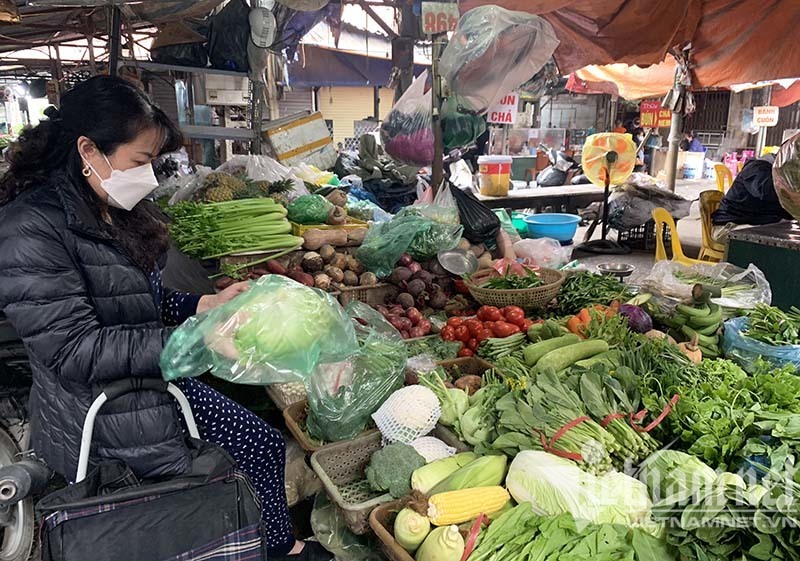Risks when global food protectionism emerges
In recent months, about 30 countries have restricted food exports to protect domestic supplies.
Malaysia recently announced a ban on chicken exports. This move made Singapore, which imports a third of chicken from Malaysia, expressed concern.
India also restricted wheat exports in the middle of the month and a few days ago made a similar plan with sugar to protect domestic supplies. The country is the second largest exporter of wheat and sugar in the world.
Meanwhile, Indonesia announced a limit on the sale of palm oil. Many other countries also impose quotas on cereals.
Bloomberg countries are restricting food exports in response to price increases exacerbated by tensions in Ukraine. About 30 countries have restricted food exports since the conflict in Ukraine began, said Sabrin Chowdhury, head of commodities at Fitch Solutions.
According to her, agricultural protectionism is at its highest level since the food price crisis of 2007-2008. “Protectionism will certainly continue in 2022 and gradually increase in the coming months. This adds to the food security risks for the most vulnerable,” she said.
While poor countries will be hardest hit by soaring food prices and supply shortages, people in richer economies will also be affected. For example, nearly 10 million Britons had to cut food in April because of the cost of living crisis. Restaurants in the US are also reducing portion sizes, while France has pledged to issue food stamps to some households.
“Lower-income households in the UK and US are struggling to find food,” said Sonia Akter, associate professor of agriculture at the Lee Kuan Yew School of Public Policy (National University of Singapore). Higher prices will hit the poor, who spend most of their incomes on food, she said.
The United Nations food tracker shows that prices have risen more than 70 percent since mid-2020 and are close to reaching post-conflict records in Ukraine. This has caused export bottlenecks of many agricultural products and disrupted supply chains.
The rise of food protectionism at this point could cause costs to continue to escalate. This will further damage consumer purchasing power and make it difficult for central banks to both contain inflation and maintain growth.
Some staples have become more expensive than before. For example, the price of palm oil increased by nearly 40%, the price of milk increased by 14%…
Export restrictions aren’t just bad news for importing countries. Mr. David Adamson, senior lecturer at the Center for Global Food and Resources at the University of Adelaide, said farmers in producing countries also suffer because they do not benefit from high international prices.
“Protectionism is bad for food security because it prevents markets from functioning properly,” he said.
Duc Minh (according to Bloomberg)
at Blogtuan.info – Source: vnexpress.net – Read the original article here



